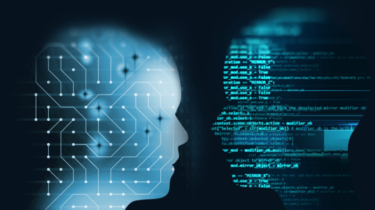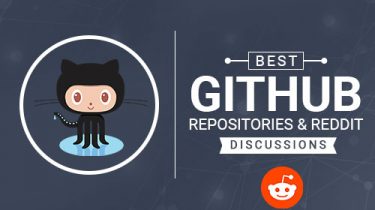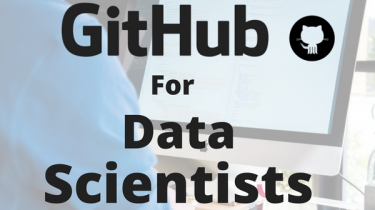Let’s Understand How does a chatbot work ?
Introduction A technology that makes the interaction between humans and machines in natural language possible, is an Artificial Intelligence Chatbot! They act like a typical search engine but with more enhanced features. Applications of Artificial Intelligence Chatbots are spread over various domains including eCommerce, healthcare, education, travel, automation, finance, hospitality, insurance, and so on. The chatbots are domain-specific and do what they are intended for. The applications in their domain include: answering customer queries, booking services like flights, movie tickets, […]
Read more





